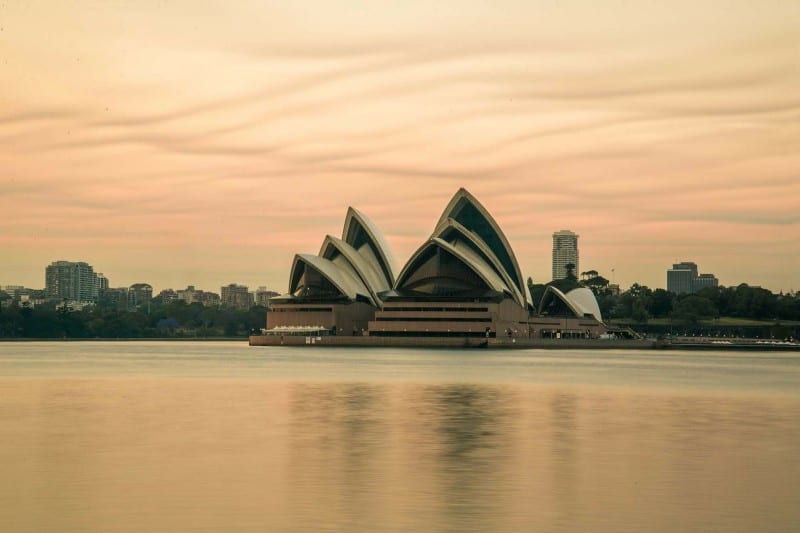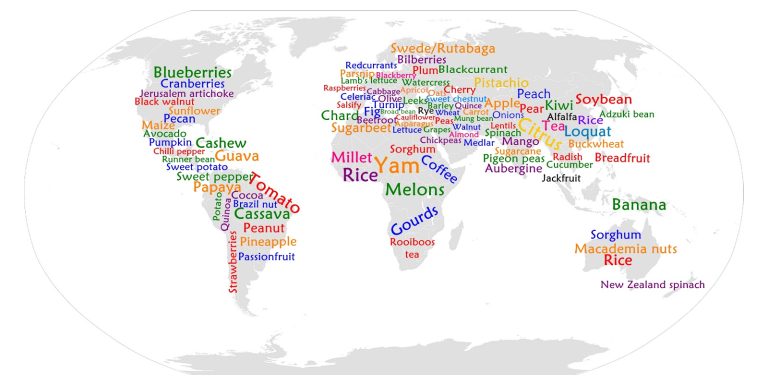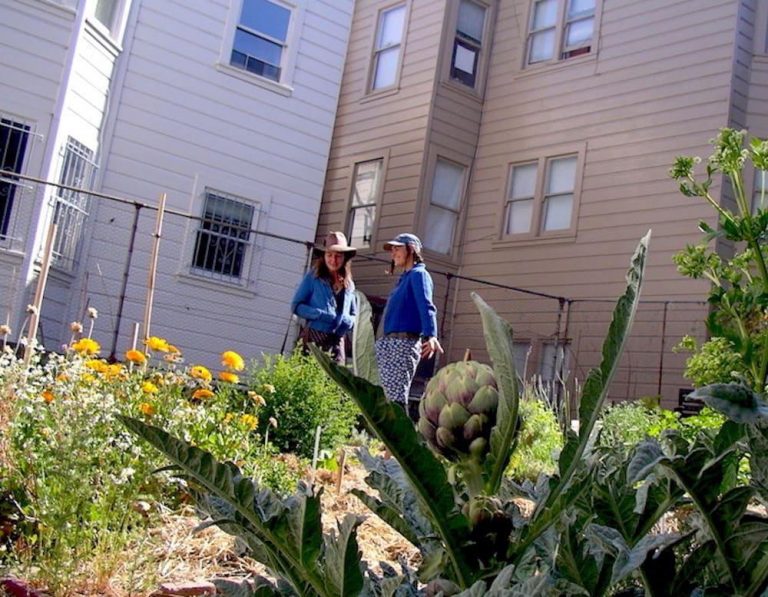Permaculture path to resilience and disaster preparedness.

I am fortunate to have just spent four wonderful years living in Australia. As an American, living abroad opened my eyes to an, albeit similar, new way of life. My cultural assimilation involved brekkie, footy, and a deeper reverence for the natural wonders that make Australia truly special.
Through much of Australia’s recent history, these natural wonders have been under threat. The Great Barrier Reef is dying. Australia is considered a “deforestation hotspot.” Aside from Antartica, Australia is the world’s driest continent. The country is somewhat frequently ravaged by bushfires and droughts.
Shortly after arriving in the country, I became familiar with names like “Ash Wednesday,” “Black Saturday,” and “Millennium Drought.” I heard tales of the devastation caused by these events. But through these tales, I also heard stories of resilience.
When many cities were faced with drought during the first decade of the century, the response was noteworthy. Melbournians were quick to invest in rainwater tanks. They adopted practices like using a bucket to collect shower water for the garden. Local governments turned to recycled water and provided rebate programs for greywater systems. People reported their neighbors when they were seen using water to unnecessarily water their lawn or clean their cars.
Point is, they did what they needed to to reduce their water consumption. By 2010, Melbourne residents had halved their water consumption, based on 1997 levels.
From Saving Water to Saving Lives
I’m reminded of all of this as I see and hear about what’s going on currently in the Land Down Under. The poor continent is being absolutely devastated by bushfires.
I’m not going to regurgitate horrific statistics regarding homes and lives lost, hectares covered, and abysmal words that spew out of the Prime Minister. I’d like to instead focus on how ‘Straya is showing the rest of the world how to be resilient, even during the most catastrophic of disasters.
Here are just a few of the ways evacuees, wildlife, and firefighters are being supported during these apocalyptic fires.
- Funding for First Nations communities. Nearly $300,000 has been raised for First Nations peoples, many of whom are on the front line of the raging fires.
- Free holiday homes. AirBnb, along with other realty companies, is offering free stays for individuals who have been displaced.
- Item donations: Through organizations like Givit, food, masks, toiletries, and clothes are being donated to those who need it.
- New friends.When stranded at a supermarket, family and friends were offered a home-cooked meal and a place to spend the night by a shopping cart attendant. From IOU pharmacy medications to celebrity donation amounts in the millions, there’s some good news coming from these fires in the form of beautiful gestures.
- Knitted support. Organizations like Rescue Craft Co. have been collecting hand-knitted bird nests and bat wraps to support all of the animals who have lost their homes.
- International attention: The world has moved beyond shock and gloom to action. Donation campaigns are all over social media and countries like the US, New Zealand, and Canada are sending support. People are holding protests all over the world. You too can reach out to your elected officials to demand that their country lends a helping hand.
Amidst the tears and shocking photos, it’s hard to find a silver lining. There’s a heaviness that fills the air when hearing the most recent updates or seeing photos of fire and smoke. But events like these will become more and more common. And without community resilience, we don’t stand a chance in dealing with them.
Permaculture Path to Resilience
One of the main goals of permaculture is resilience, not only in biological ecosystems, but human ones as well. Care for people becomes all the more important during times of disaster. Things look pretty bleak for much of the Australian continent right now. But they would be much worse without that knitted kangaroo pouch, donated holiday home for evacuees, or free meal provided to firefighters.
Climate change will certainly bring about challenges. But, if we look at it the right way, it’s also bringing about opportunities for connection and a shared sense of humanity.
I’d challenge you to not get bogged down by the seemingly endless shots of fire and smoke. Instead, use these images and news stories as an invitation, an invitation to help out fellow humans. When you hear about hectares destroyed, think about what you can do to protect land close to you. Use stories of kangaroos and koalas to think about making choices to save the living beings in your area. Find inspiration in the videos of people being evacuated from burning beaches. Think about the warming of our planet, and what steps you can take to reduce your carbon footprint.
Above all, think about community. The threat of climate disaster makes human connection all the more important. Social connection is one of the biggest predictors of survival and recovery after a disaster. And we could all use a little more of those right now.



